Foreword from Stay Bookish: In case you didn’t know, the amazing #AsianLitBingo, co-hosted by several awesome Asian book bloggers and spearheaded by the brilliant blogger from Reading As I Am, has been going on this past May. As we near the end of Asian American Heritage Month, I’m excited to share this thoughtful article from Randy Ribay, author of An Infinite Number of Parallel Universes, a young adult novel with a wonderfully diverse cast including a Filipino-American. In this reflective piece, Randy discusses reading Asian Lit and struggling with having a mixed identity and I have no doubt my Asian American friends will find it incredibly relatable.
[wc_divider style=”image3″ line=”single” margin_top=”” margin_bottom=”” class=””][/wc_divider]
Of Monsters and Asians by Randy Ribay
The first book I read about/by an Asian person was Maxine Hong Kingston’s Woman Warrior in my junior year of high school. I’m trying for the life me to remember any other one, but I can’t. The sad thing is that that total—one, for those playing along at home—is still higher than the total number of Asian teachers I had growing up in Michigan and Colorado between the time I started kindergarten to when I graduated the twelfth grade—zero, for those not so good with math. (Perhaps there’s a connection, but that’s a whole other conversation.)
Thankfully, other forms of American media in the 1980s and 1990s were brimming with Asians. Let’s see…there was Short Round from Indiana Jones and the Temple of Doom. Data from The Goonies. The Yellow Ranger. The two (two!) kids from Captain Planet’s crew. Splinter (maybe?) and Keno from The Ninja Turtles. The Indian dude from Short Circuit (who Aziz Ansari later informed me was actually white). The Wu-Tang Clan—wait, never mind. And…that’s all I can think of right now.
An embarrassment of riches. Truly. Sidekicks, broken English, meekness, and martial arts abound.
There’s a pretty well-known Junot Díaz quote that has made its way around the Internet: “You guys know about vampires? …You know, vampires have no reflections in a mirror? There’s this idea that monsters don’t have reflections in a mirror. And what I’ve always thought isn’t that monsters don’t have reflections in a mirror. It’s that if you want to make a human being into a monster, deny them, at the cultural level, any reflection of themselves. And growing up, I felt like a monster in some ways. I didn’t see myself reflected at all. I was like, ‘Yo, is something wrong with me? That the whole society seems to think that people like me don’t exist?’”
Did I feel like a monster by this dearth of Asian representation in my American life? In a way, perhaps. Not only was I Asian, but I was half-Asian. Not only was I half-Asian, but I was half-Filipino. Not only was I half-Filipino, but I was half-white/half-Filipino. Not only was I half-white/half-Filipino, but it was my father who was the Filipino instead of my mother.
Basically, I was a subset of a subset of a subset. I did not know what that meant growing up, but I knew I was different. I felt it in nearly every room I ever stepped into. I felt it when I ate dinner at a white friend’s house in elementary school and asked why they weren’t serving rice alongside the spaghetti. I felt it when my stubbornly straight Asian hair refused to style like Kurt Cobain’s in the way nearly every other boy in my middle school wore their hair. I felt it every time a white person asked me, “What are you?” and every time a Filipino person asked me if I spoke Tagalog and I had to admit that I did not.
It wasn’t until college that I had some Asian professors, and they introduced me to Salman Rushdie, Haruki Murakami, Jose Rizal, Carlos Bulosan, Jessica Hagedorn, Jhumpa Lahiri, Patrick Rosal, and many others. I believe that if I had seen or read such a wide variety of Asians grappling with issues of identity and belonging earlier, then my own childhood and adolescence would not have been filled with as much shame and confusion as it was. Perhaps if I had encountered the works I encountered in college when I was younger—most of which were in existence long before I was—I would have been quicker to make peace with my multiple identities.
The rest of that Díaz quote goes on to say, “And part of what inspired me [to write], was this deep desire that before I died, I would make a couple of mirrors. That I would make some mirrors so that kids like me might see themselves reflected back and might not feel so monstrous for it.”
In this, I feel a kinship with Díaz. When I write, I keep my younger self in mind and I try to offer him some of the representations I think he needed. My first book is about teenage nerds of color. My second is about a half-Black/half-Filipino kid and his Black best friend. The one I’m working on now is about a half-white/half-Filipino American kid going to the Philippines. And another one I’m working on is about two Filipino kids who get lost in a strange fantasy world based on Filipino folklore and mythology. I’m going to continue telling stories of characters with mixed identities, and I truly hope other writers of Asian heritage do as well so that hopefully none of us will feel like a monster anymore.
[wc_divider style=”image3″ line=”single” margin_top=”” margin_bottom=”” class=””][/wc_divider]
Randy Ribay is the author of the contemporary YA novels AFTER THE SHOT DROPS (Houghton Mifflin Harcourt, 2018) and AN INFINITE NUMBER OF PARALLEL UNIVERSES (Merit Press/Simon & Schuster, 2015). He’s also a high school English teacher, reader, gamer, watcher of great TV, husband, and father of two dog-children. He can probably be found somewhere making lightsaber sound effects with his mouth.
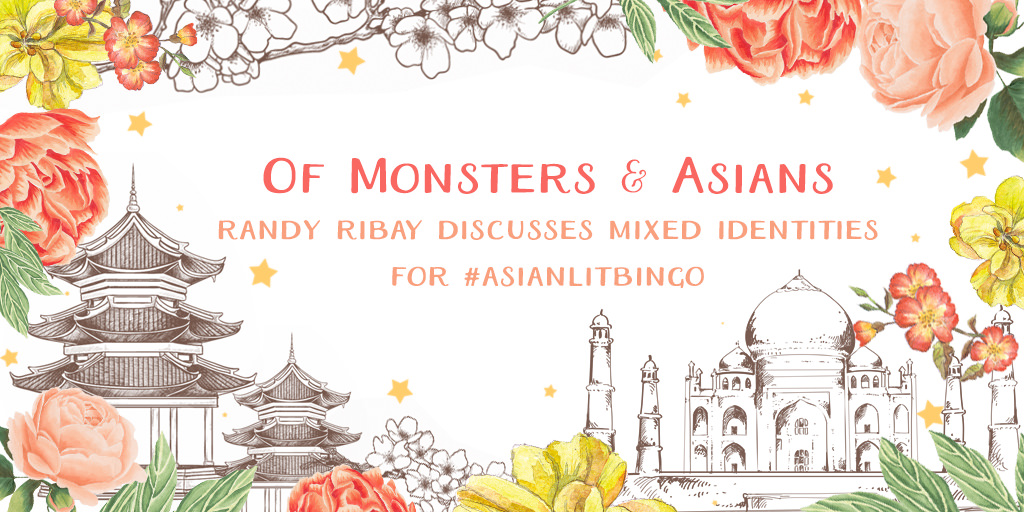
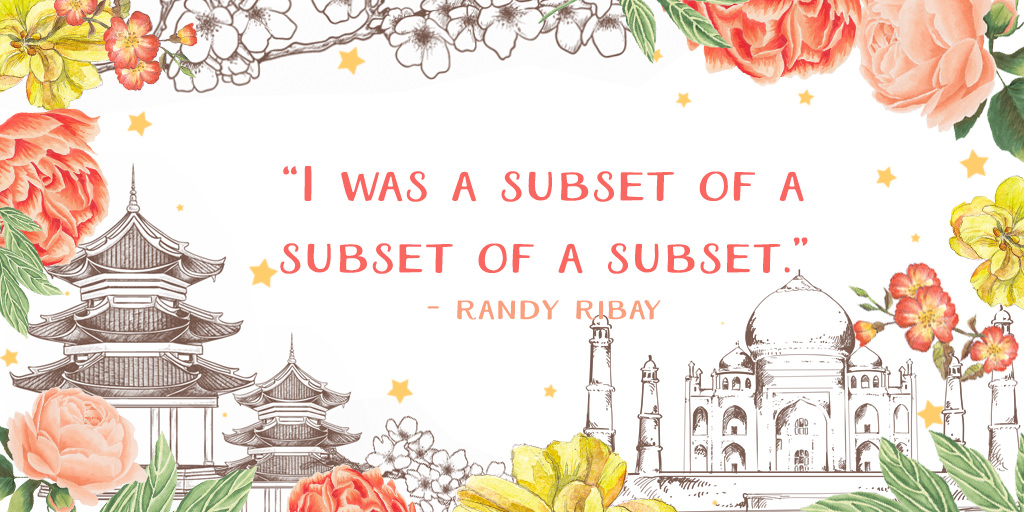
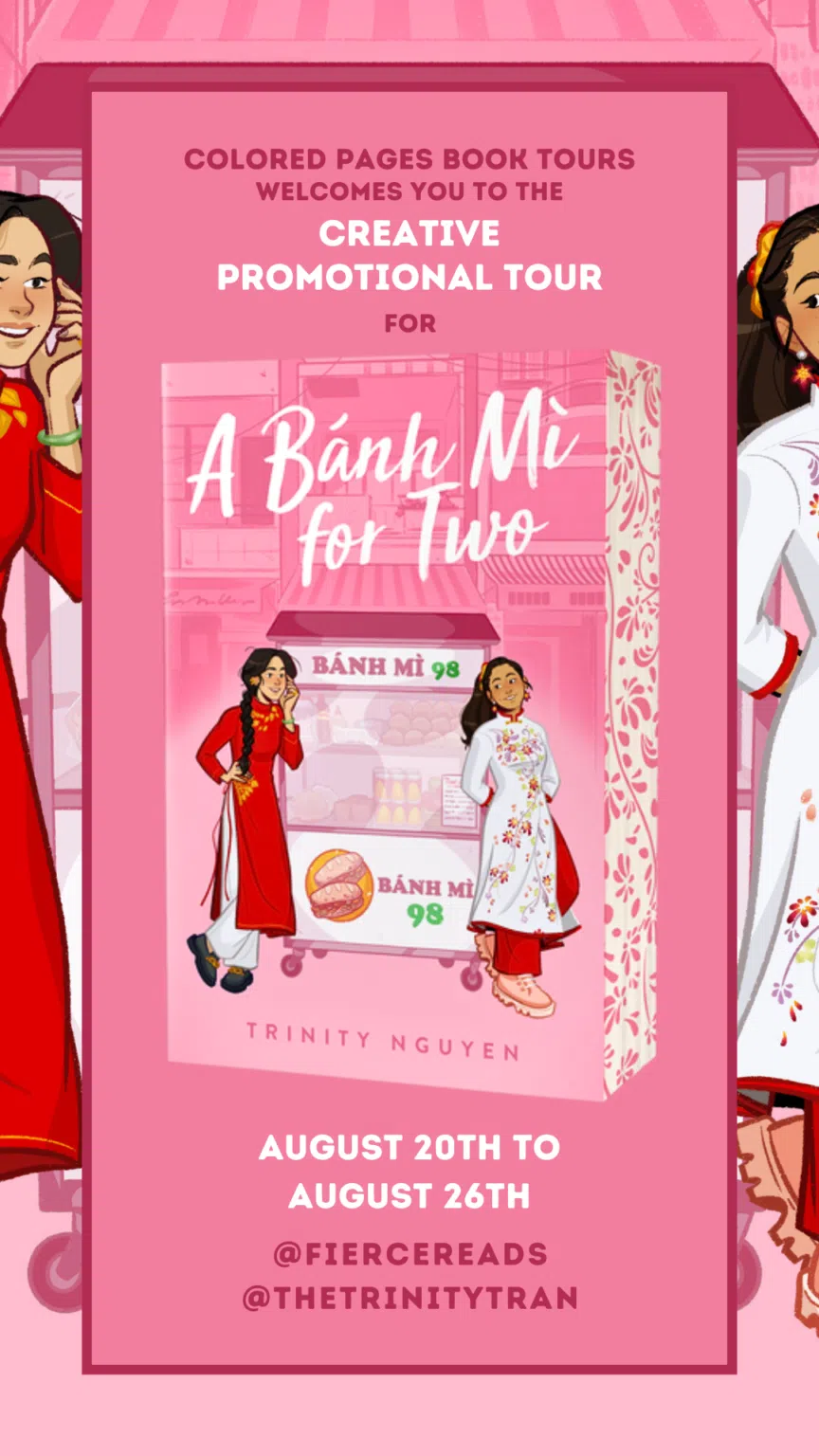
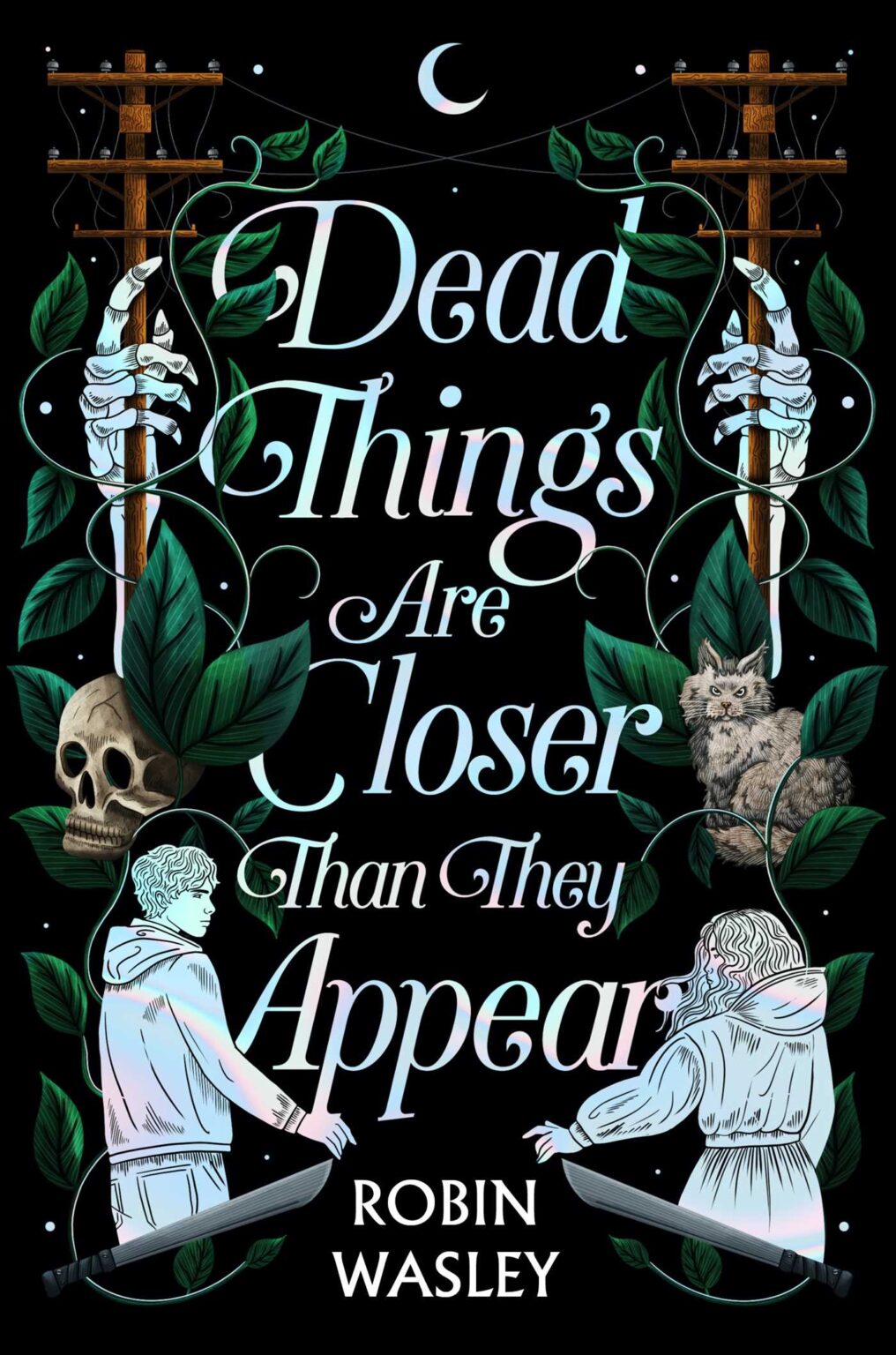
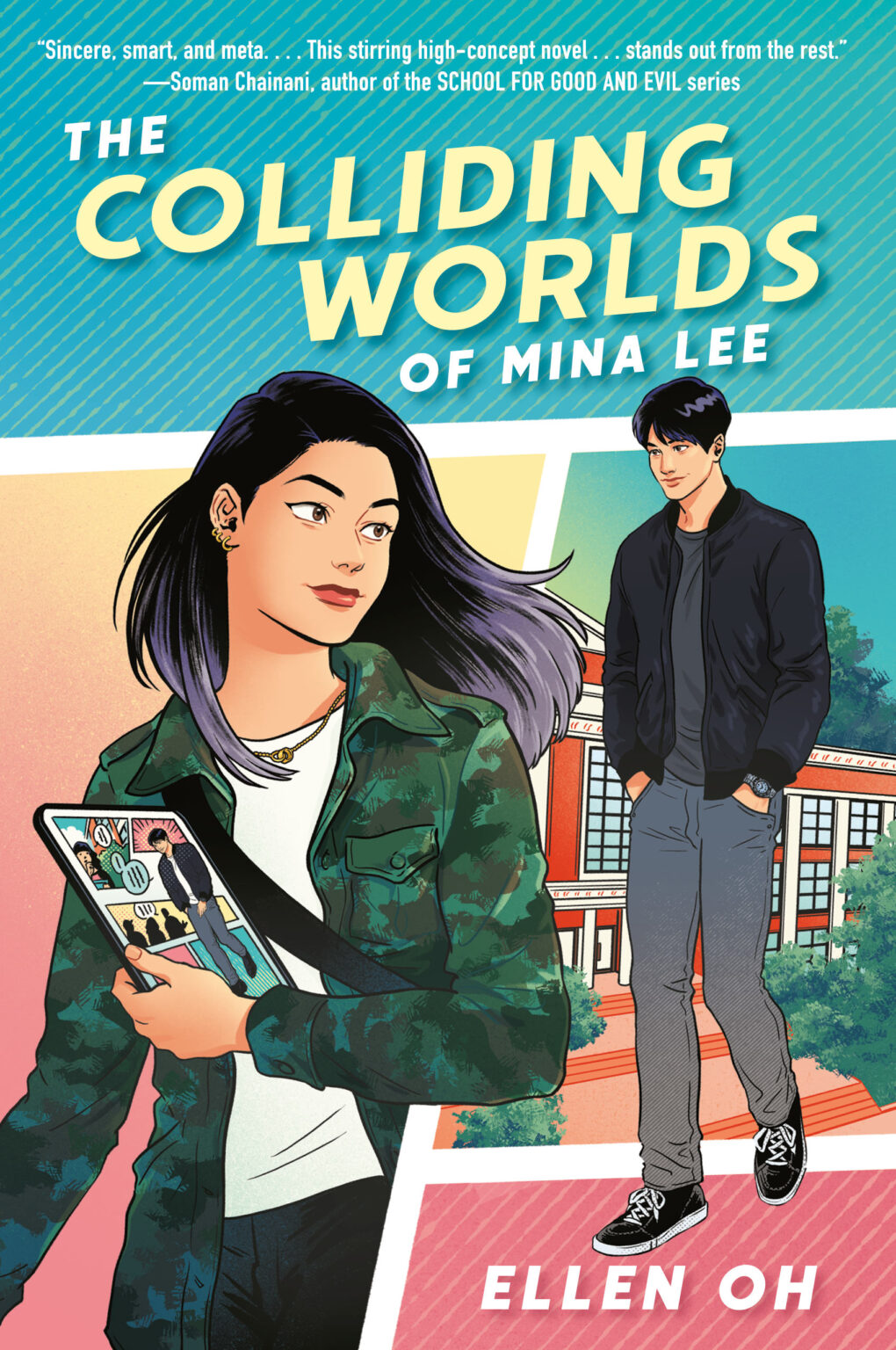

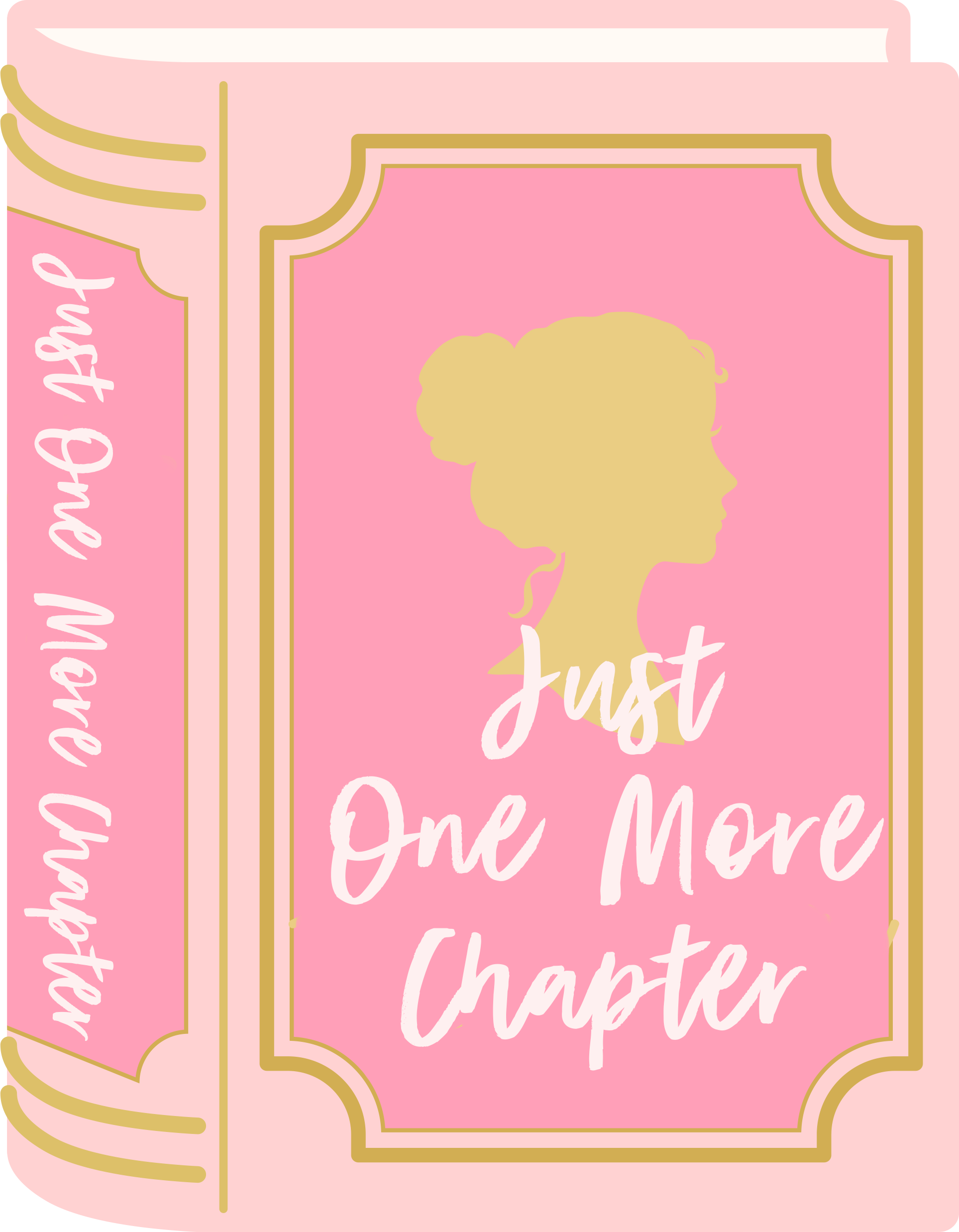

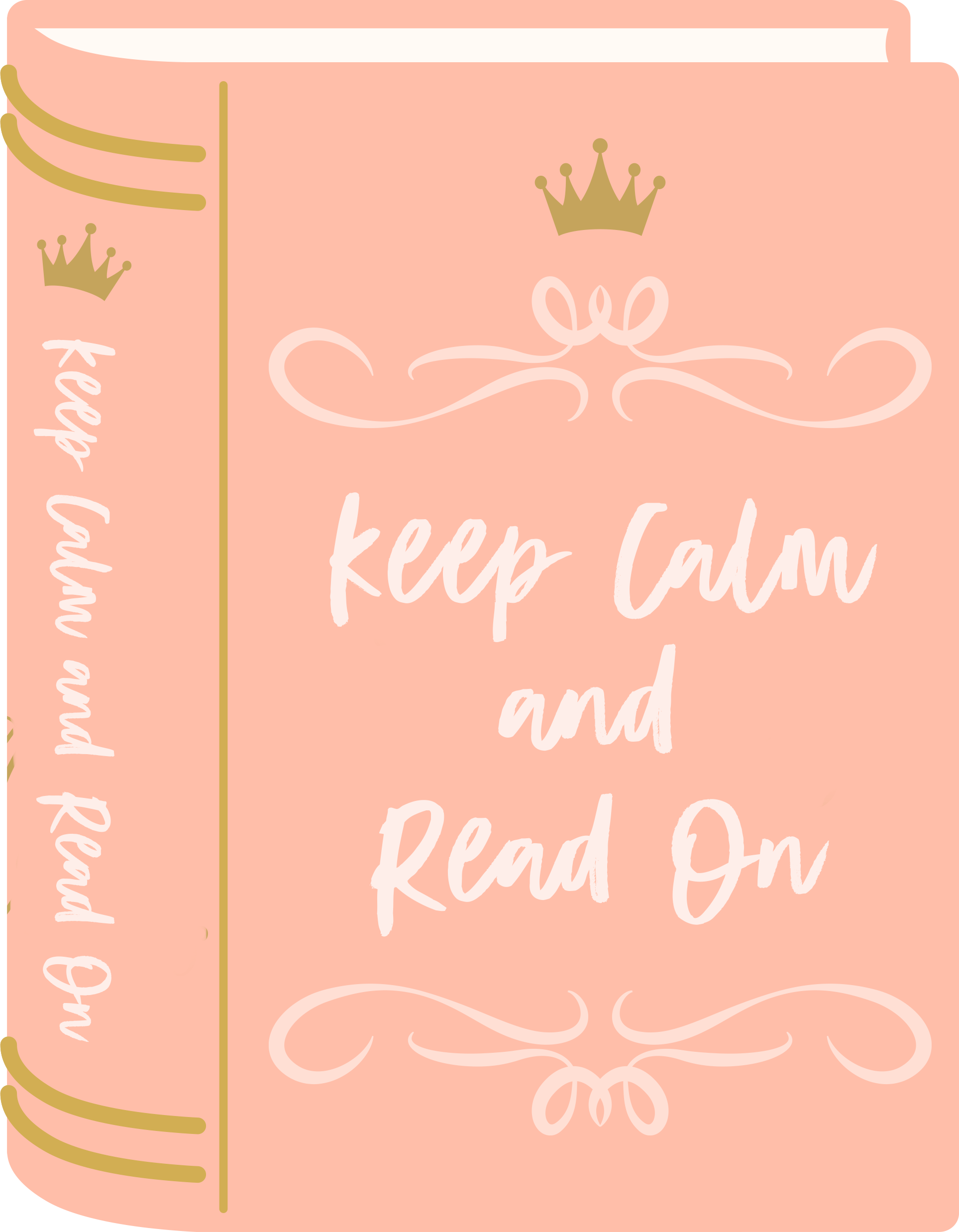
One Response
I have not yet had a chance to read it but OMG after reading this, I’m super excited to! Also, fantastic post and thanks for joining our challenge! <3